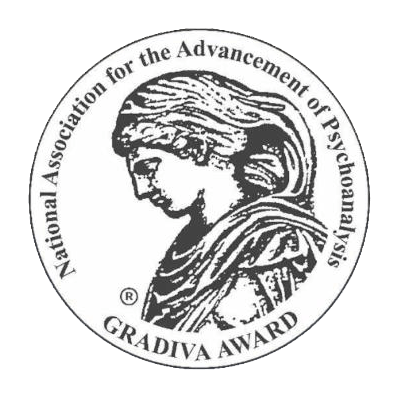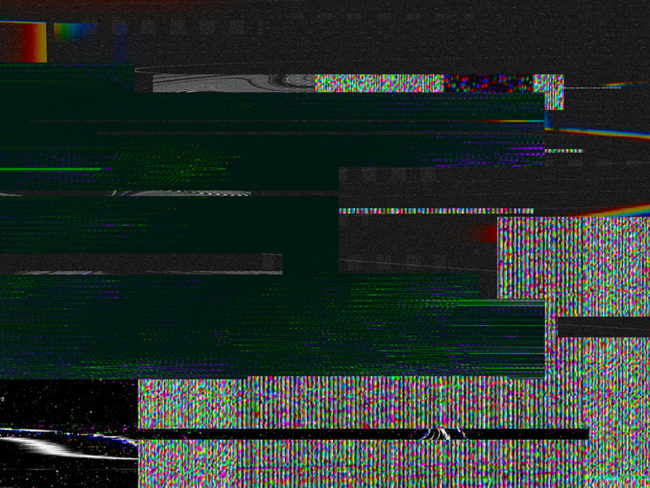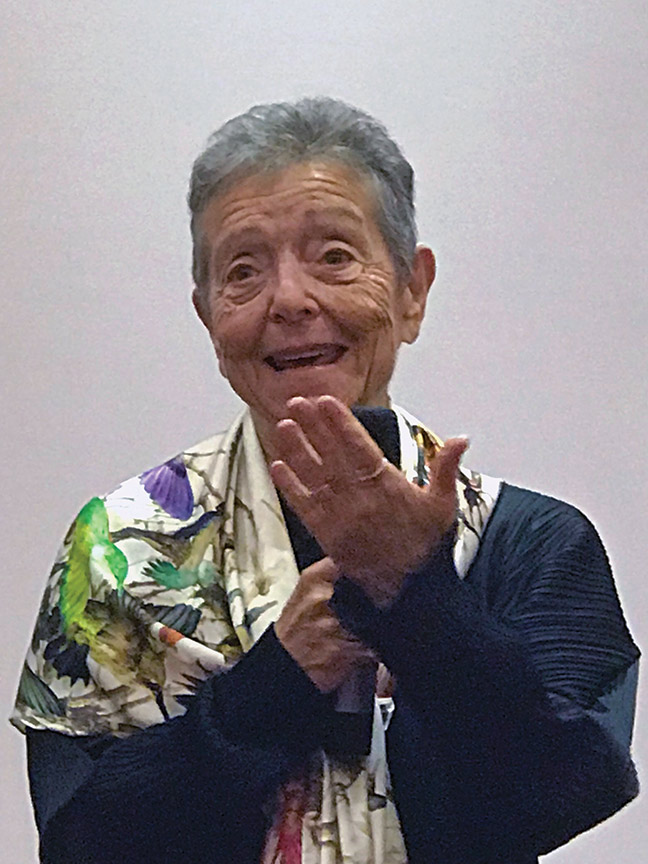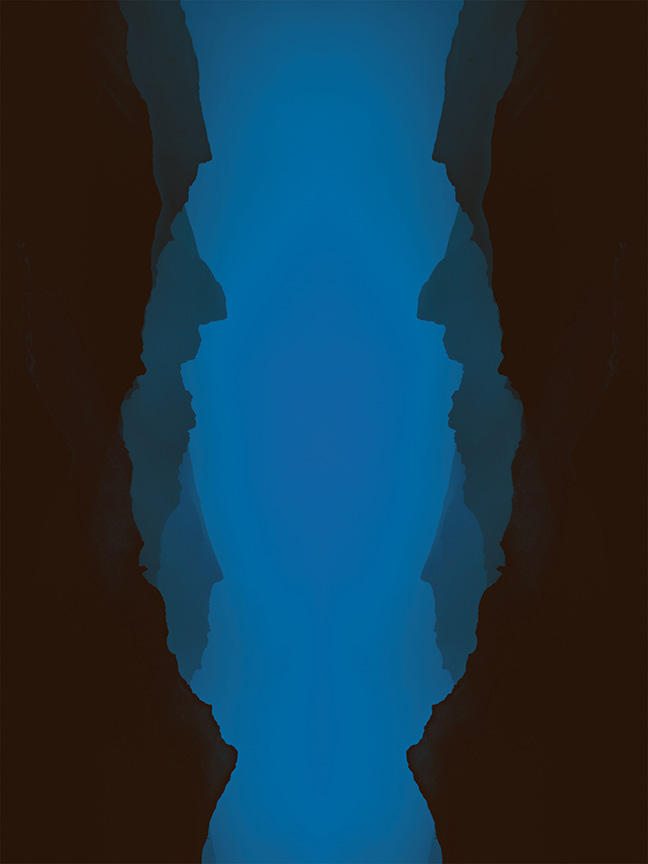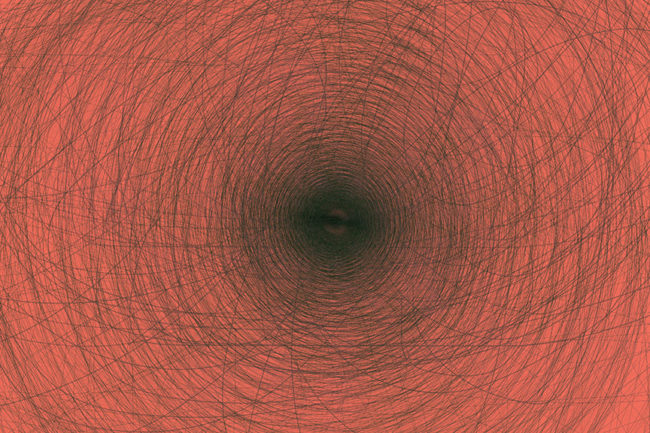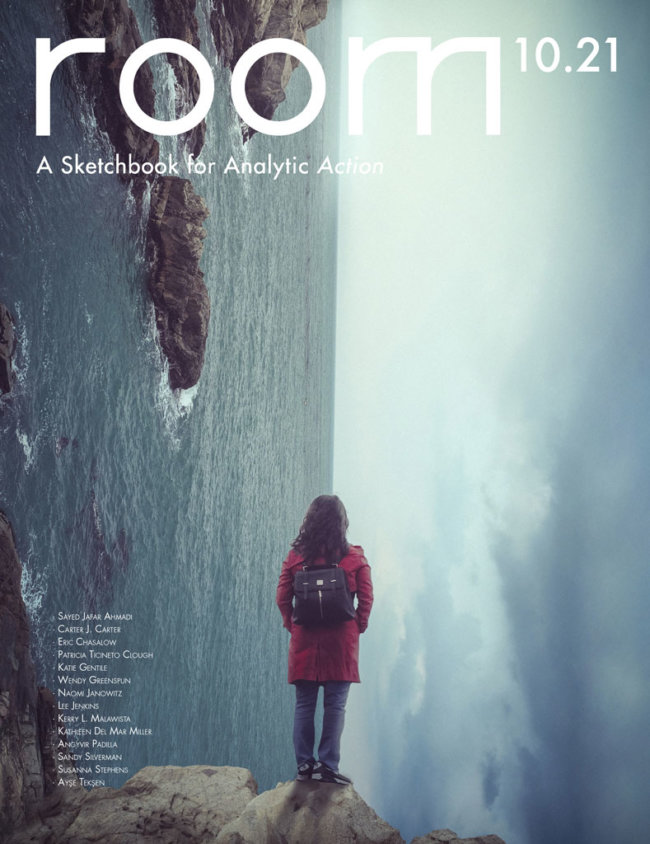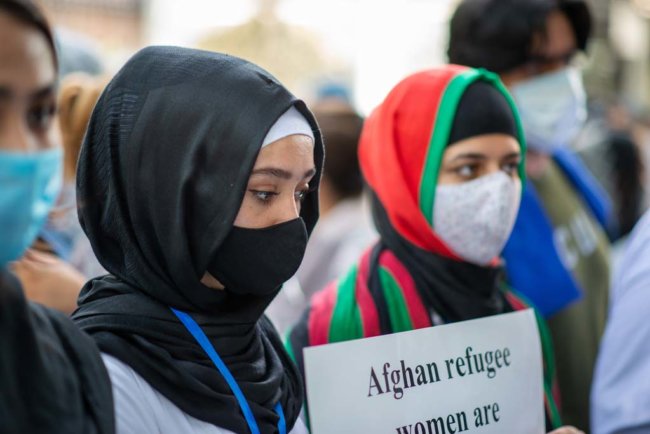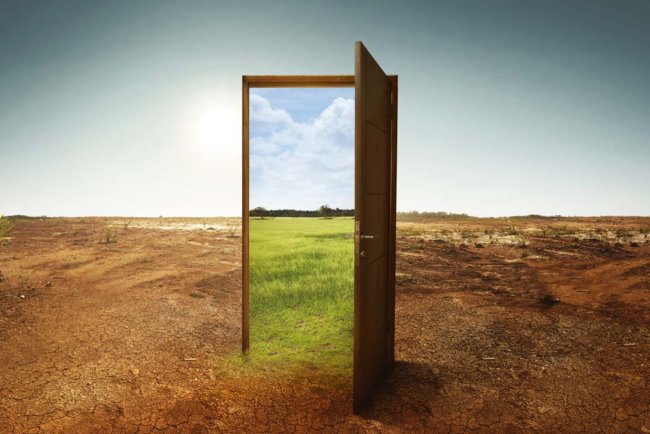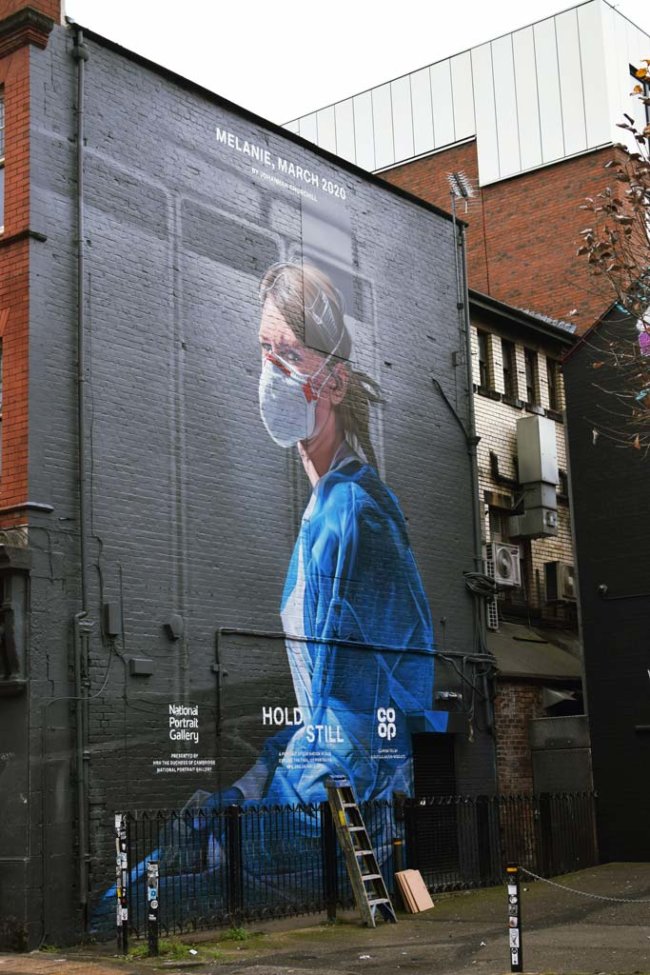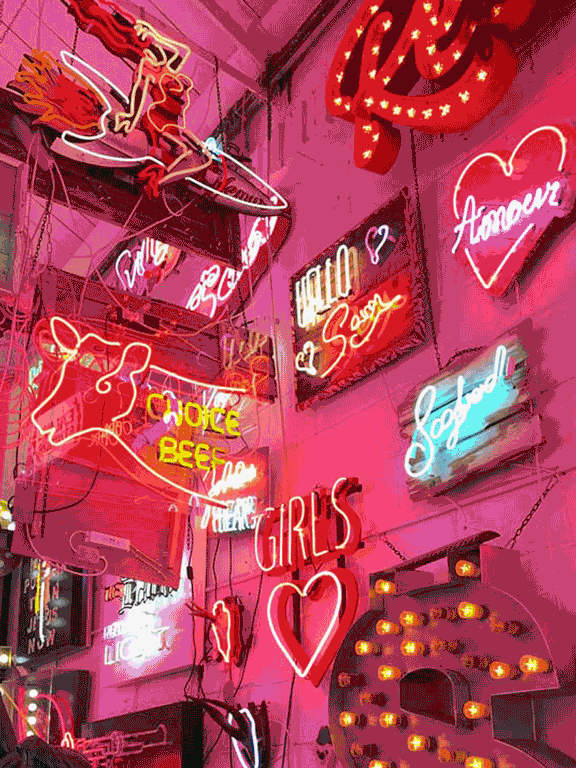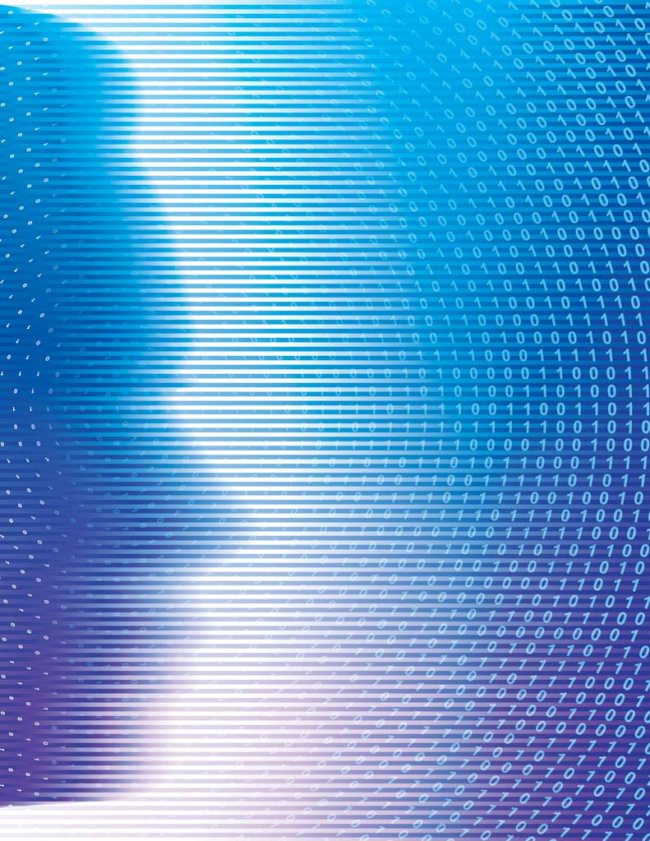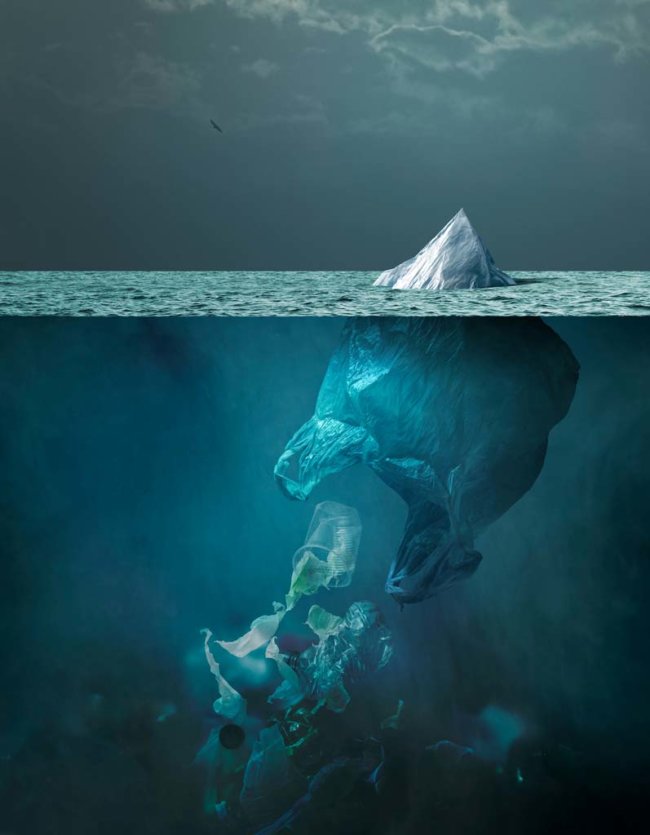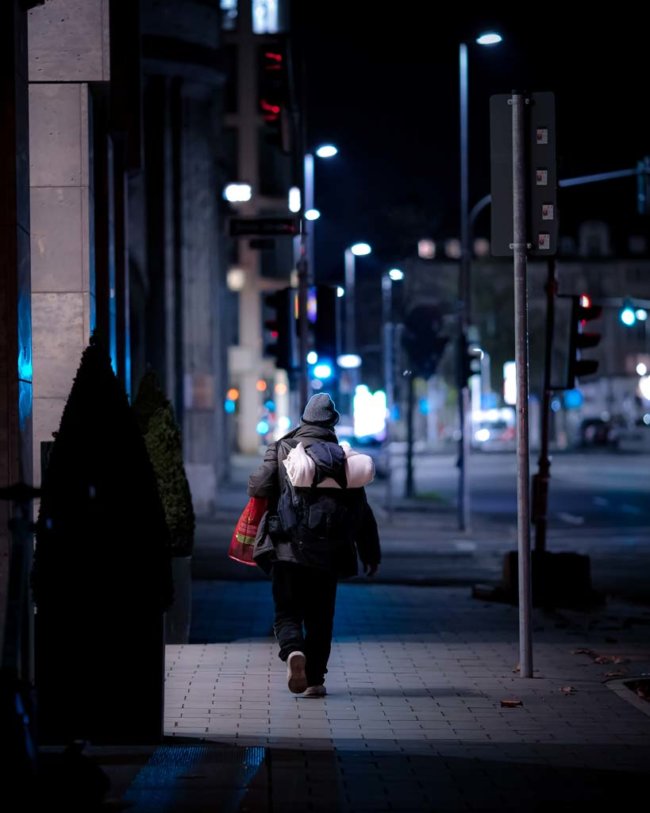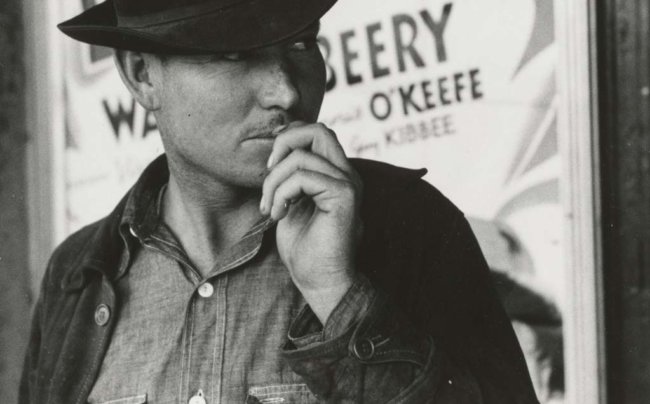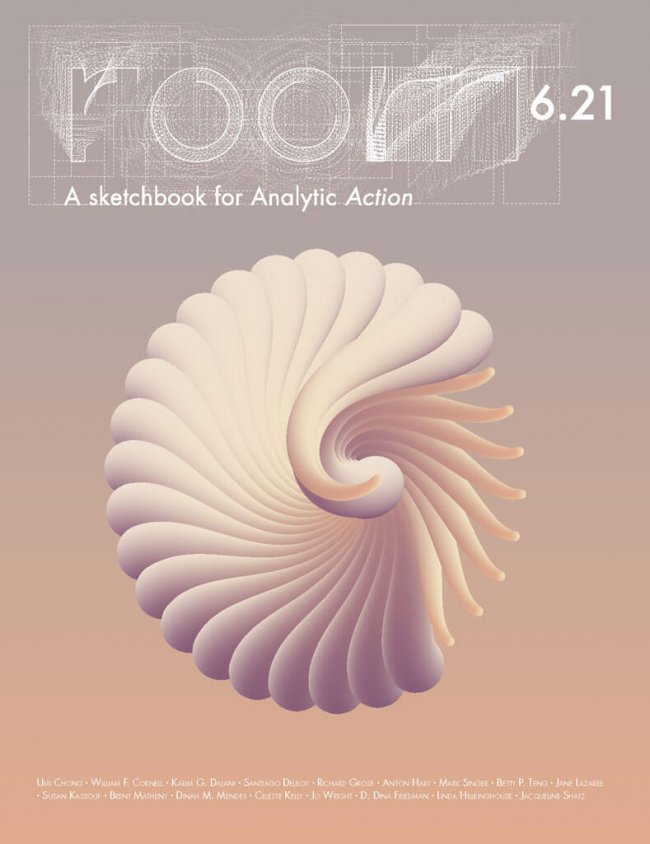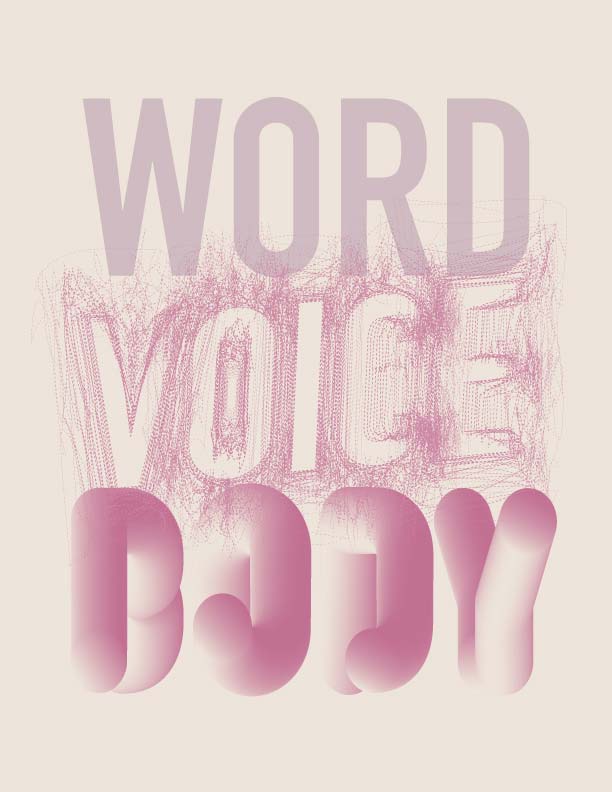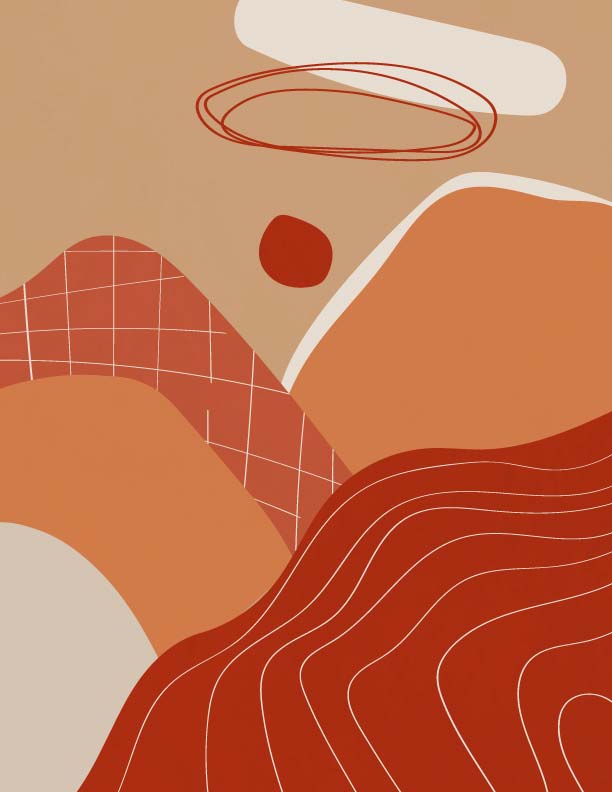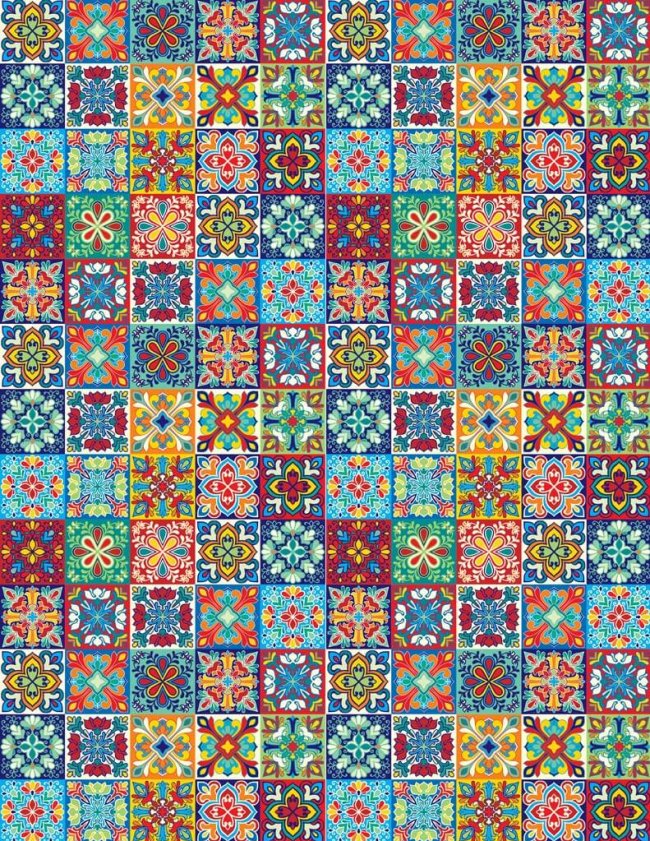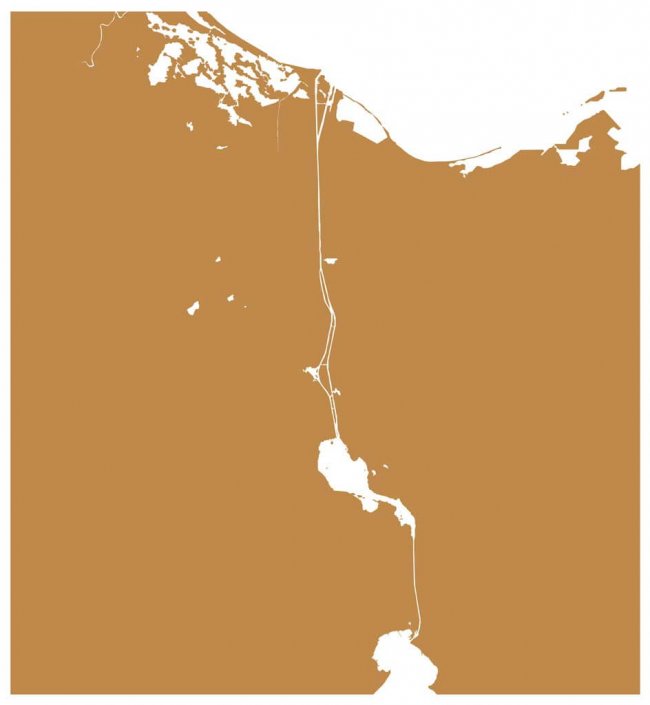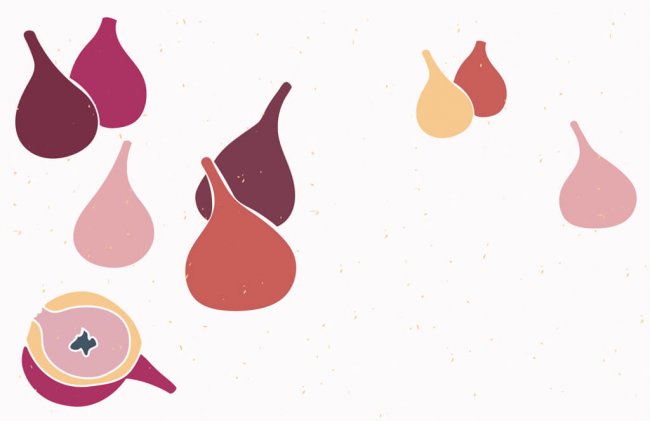It’s History by Kyrie Mason
All of us are regularly asked to engage with the past in some way. The world is saturated by history. But, then, a simple question: What is history? Ask fifty people and you’ll get, typically, fifty shades of the same answer: History is something about a past. Whether as myth or memory, narrative or science, or found in gradients in between each, the most common denominator is a starting place in an ambiguous past, a “before now,” which is given meaning only insofar as it is connected to other things either similarly before now or, sometimes even more strangely, to things happening “now” or “later.”
